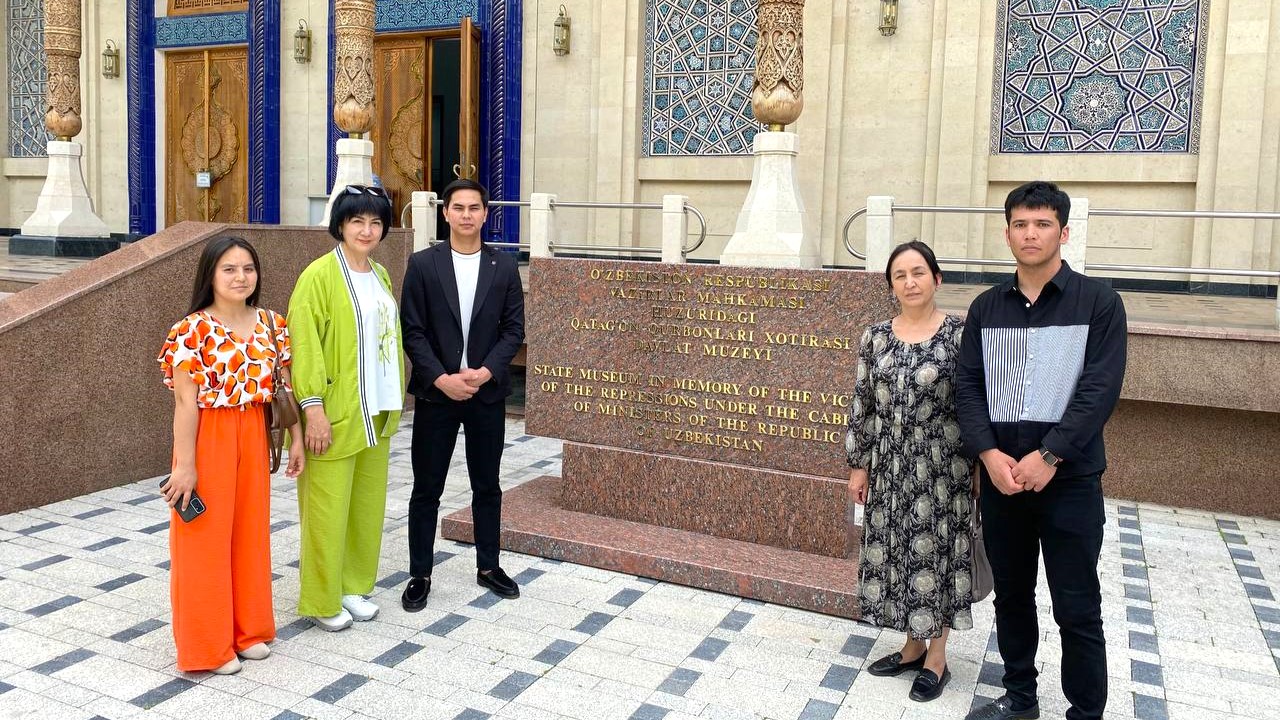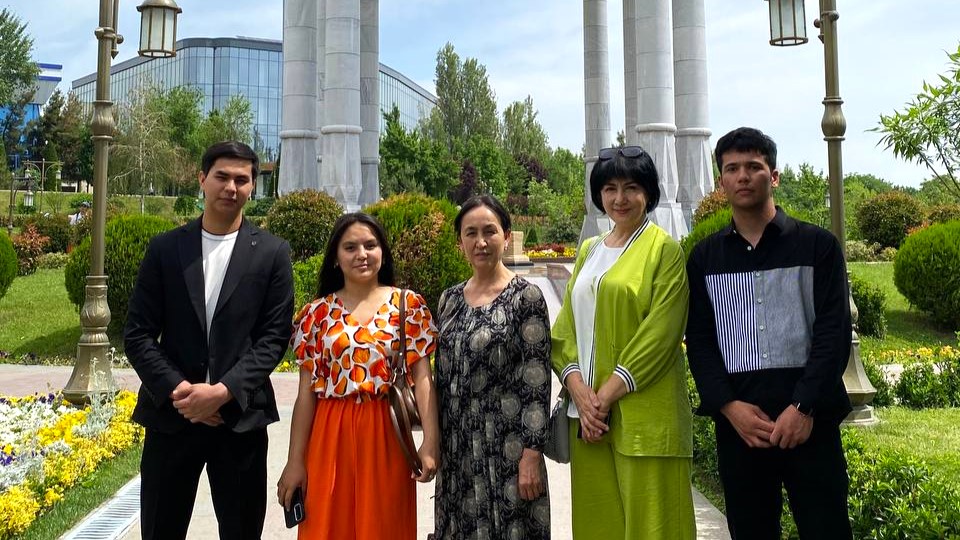Together with the professors and students of Renaissance Educational University "Economics" department, in connection with "May 9 - Day of Remembrance and Appreciation" they visited the "Memorial of Repression Victims" museum under the theme "There is no future without historical memory".

Remembrance means valuing everyone's loved ones, remembering people who have passed away and praying for them. As the leader of your country said: "We will take spirit and strength from them and fulfill our high duty of being defenders of the Motherland, guardians of peace, creators of the new Uzbekistan with honor." There is a saying in our people that "He who appreciates will find value". In fact, if a person is sincere and shows respect to others, he will receive the same attitude from those around him. Those who have served for the development of the country and peace of the people will not be forgotten forever because of their good deeds. Their names will always be mentioned with honor, and their memories will remain forever.

During the Great Patriotic War, 1.5 million of the 6.5 million people who lived in Uzbekistan went to the front, 420 thousand of them did not return, 640 thousand were wounded. 120 thousand Uzbeks were awarded with orders and medals. In particular, 338 Uzbeks were awarded the title of Hero of the Soviet Union. During the war, Uzbekistan was a refuge for 1.5 million people evacuated from dangerous areas. BIA 72-23 group coach I. Urmanbekova and IQ 62-23 group coach O. Bozorova told the students about the museum:

The unique museum "Commemoration of the Victims of Repression" tells about the ancestors who called the people for freedom in November 2002, who showed heroism in the struggle for the freedom and independence of the Motherland, who were victims of mass political repression during the totalitarian regime. According to the "Memorial of Martyrs" fund, in September 1937, 10,700 people were arrested and tried in the territory of present-day Uzbekistan. In the period from November 13 to 28, 1,611 people were convicted, while in December 1937, the number of convicts was 3,610. Among the victims were well-known personalities, scientists and writers such as Abdulla Qadiri, Fitrat, Cholpon.

The museum exposition includes 10 sections:
1) The colonization of Central Asia (Turkestan) by Tsarist Russia and the struggle of the local population.
2) National revival movement, its manifestations and practical directions. Jadidist movement in Uzbekistan.
3) Termination of Turkestan Autonomy and the beginning of the repressive policy of the Soviet state (1917-1924)
4) Movement of resistance to tyranny and violence, armed uprisings in Central Asia (1918-1924).
5) The policy of "Collectivization" and "declaration" of the Soviet government, its tragic consequences (1930-1936).
6) Political repressions in the early 1930s (1929-1936).
7) Political repressions in 1937-1938.
8) Political repressions in 1940-1950.
9) Repression in the 1980s: the "Cotton Work" campaign.
10) Important historical events aimed at restoring historical justice, perpetuating the memory of repression victims, preserving and developing national values during the years of independence (since 1991)